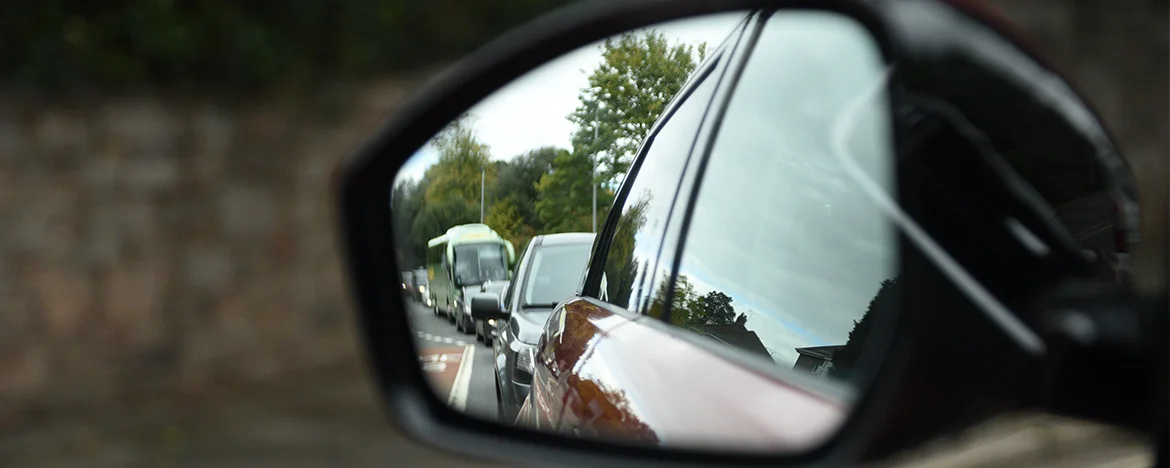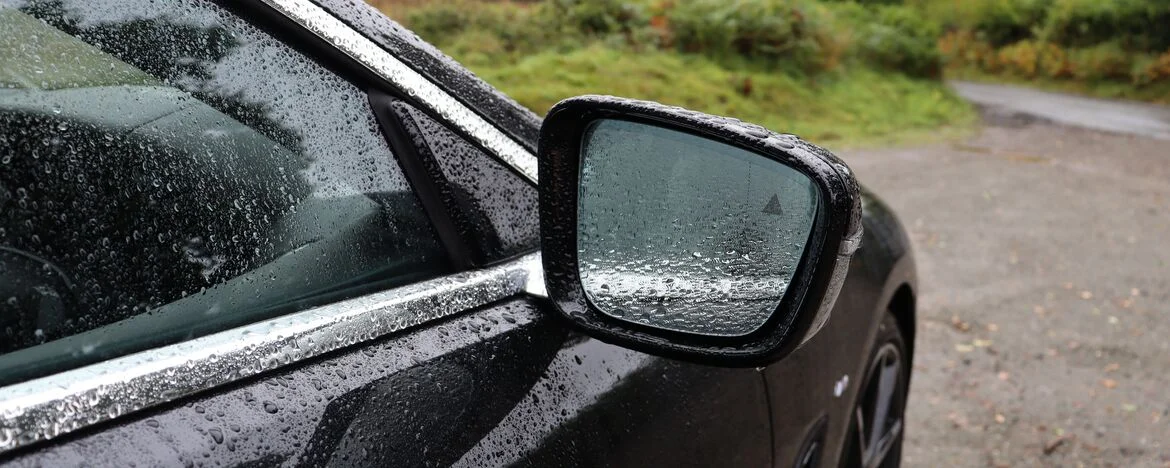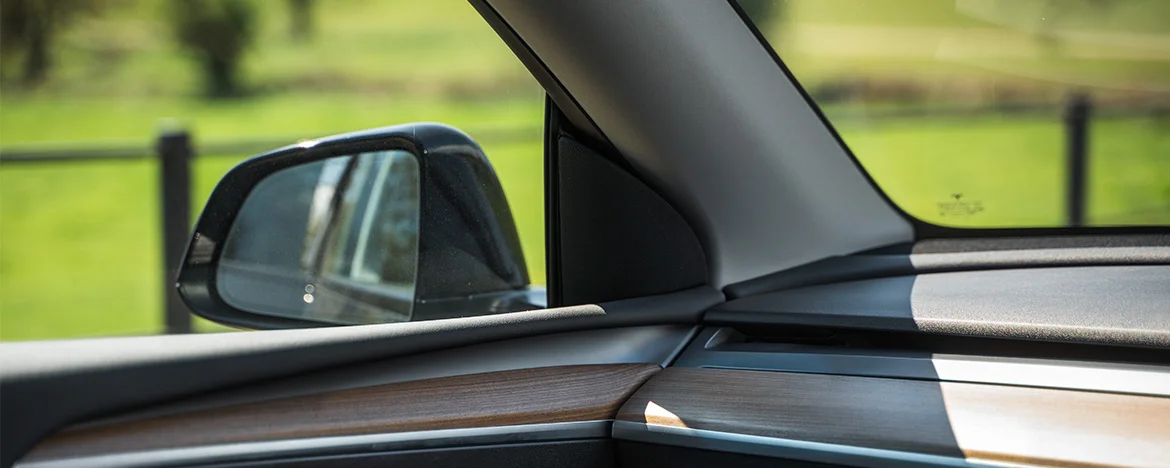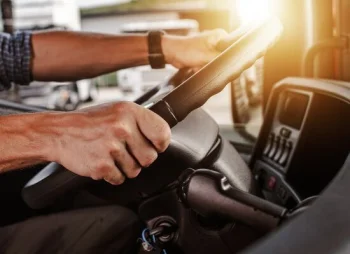A guide to blind spot monitoring systems
Allowing you to drive safely and comfortably, a blind spot monitoring system can take the strain off the driver and help avoid major accidents
All vehicles have blind spots.
And changing lanes can be dangerous, especially when driving at high speeds on the motorway or if you’re not a confident driver.
Failing to see a vehicle approaching rapidly from behind in the right-hand lane can easily be done.
There’s nothing quite like an old-fashioned glance over the shoulder to check if a car is coming, but there are always risks that come with taking your eyes off the road ahead. If you suffer from back or neck problems, you may also find this difficult.
Blind-spot monitoring can help watch your back when changing lanes.
Let’s take a closer look at what blind-spot monitoring is, how it works and if it’s worth having for your next car lease.







